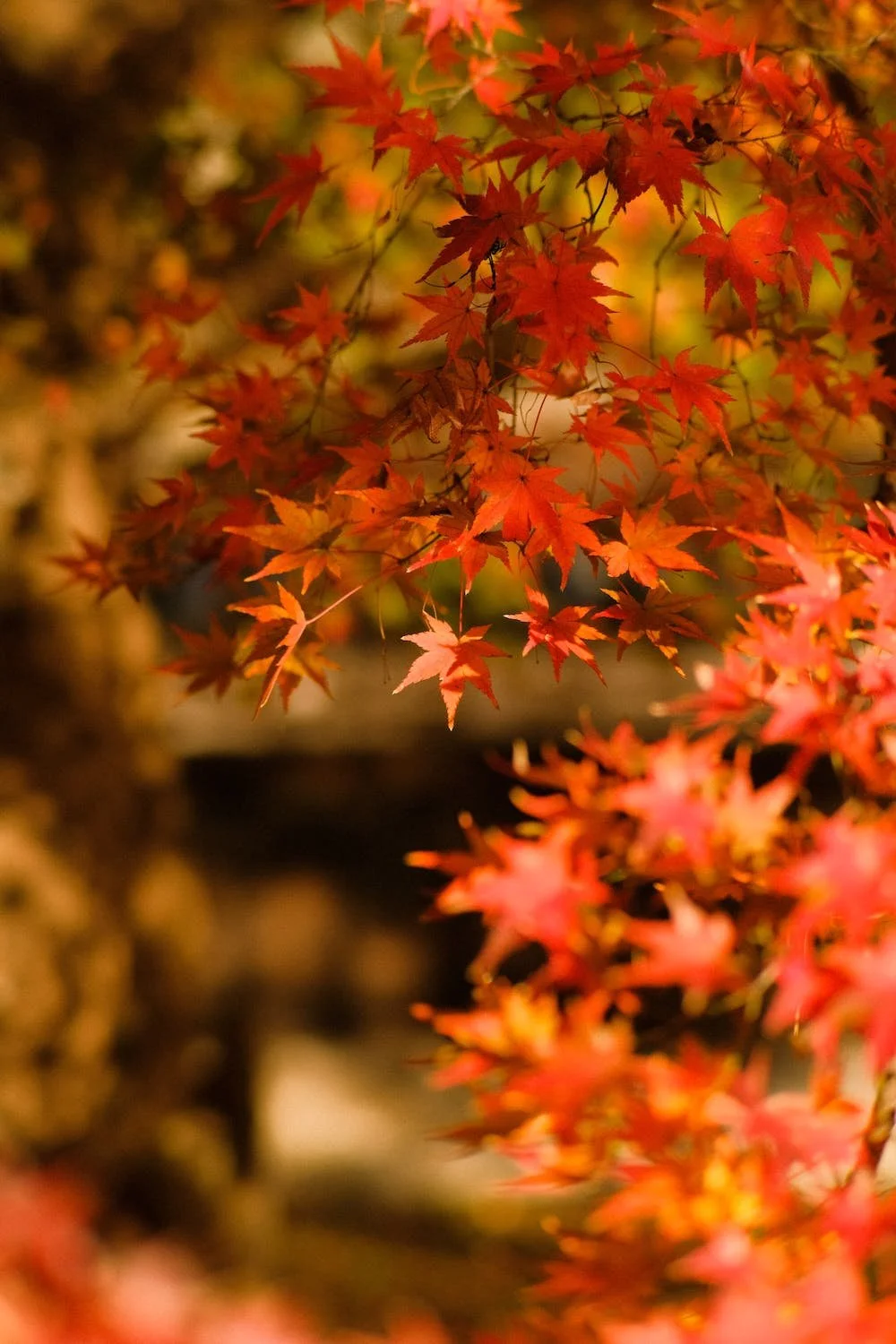Pruning Japanese Maples: Timing, Tools, and Technique
Pruning Japanese maples is a delicate art you can master with practice and the right tools. In this post, we will discuss the best time to prune your Japanese maple, the proper technique for pruning, and the best tools to use.
When pruning a Japanese maple, the best time of year to do so is during the winter while the tree is dormant; this will allow you to trim the tree structurally soundly and help it maintain its shape. However, you can also do fine pruning in late spring, after the leaves have come out. Summer can also be a good time for removing larger branches and dead, damaged, or diseased wood.
When pruning, be sure to use sharp, clean pruning shears. You can use many different tools for pruning Japanese maples. The most important factor when choosing a tool is the branch size that you will remove. For small branches, you should use a pruning shear. For larger branches, a lopper or saw is the better choice.
When choosing a pruning shear, it is essential to find one with a sharp blade that can make clean cuts. A lopper has a more significant cutting edge and can make quick, easy cuts for larger branches. You should use a saw if a branch is too large for a lopper. When dealing with larger branches, don't try and force a pair of loppers to cut a branch; instead, opt for a pruning saw.
No matter what tool you choose, ensure that the blades are sharp so they can easily cut through the branches. When pruning, always cut the branch off at the branch bark ridge, generally just outside the union of the branch to the larger stem; never leave a stub. Also, be careful not to damage the bark when cutting the branches.
When pruning, it is essential to make clean cuts. Clean cuts will help prevent the tree from getting diseases and help it properly compartmentalize the pruning cut.
If space is not an issue, no pruning is necessary except to remove any dead or damaged branches. This species should not be pruned like a hedge, but instead methodically shaped by carefully choosing individual branches to remove. Start by removing any dead, diseased, or damaged wood. Next, remove any crossing or rubbing branches. Finally, trim any long branches out of proportion with the rest of the tree. If you are unsure about how much to trim off a branch, it is better to err on the side of caution and trim less than you think you need to. You can always trim more later if necessary.
There are two distinct types of Japanese maples – the upright and weeping varieties. While they may look similar, there are differences in their care and pruning.
The upright Japanese maple grows tall and narrow, with a columnar shape. Upright Japanese maples require regular pruning to maintain their shape, and when pruned, and if desired, keep them small or encourage new growth. As with most trees, you will want to start by removing any dead or diseased branches. It would be best to thin out the foliage by eliminating branches growing inward or crossing other branches. Lastly, cut back any long or leggy branches to create a more compact shape.
Pruning a weeping Japanese maple can be a little more complicated. Weeping Japanese maples, on the other hand, have a more rounded shape and tend to grow wider than they do tall. They don't require as much pruning but pruning to maintain size or develop a more desired shape. You will need to remove any dead or diseased branches, but you should also prune any branches growing too tall or too wide.
When you have completed pruning, your Japanese maple should have a pleasing shape with evenly spaced branches.
If you are unsure about your pruning technique or would like some help getting started, here are a few resources to help you along:
Follow Proper Pruning Techniques (Douglas F. Welsh, Professor and Extension Horticulturist Texas A&M)
Tree Pruning Basics (Oregon State University Extension)
From the Arbor Day Foundation: Certified arborist Pete Smith shares five rules to follow when pruning your trees. This is part two of a three-part dormant pruning series. Watch part three, the ABC's of Pruning.

